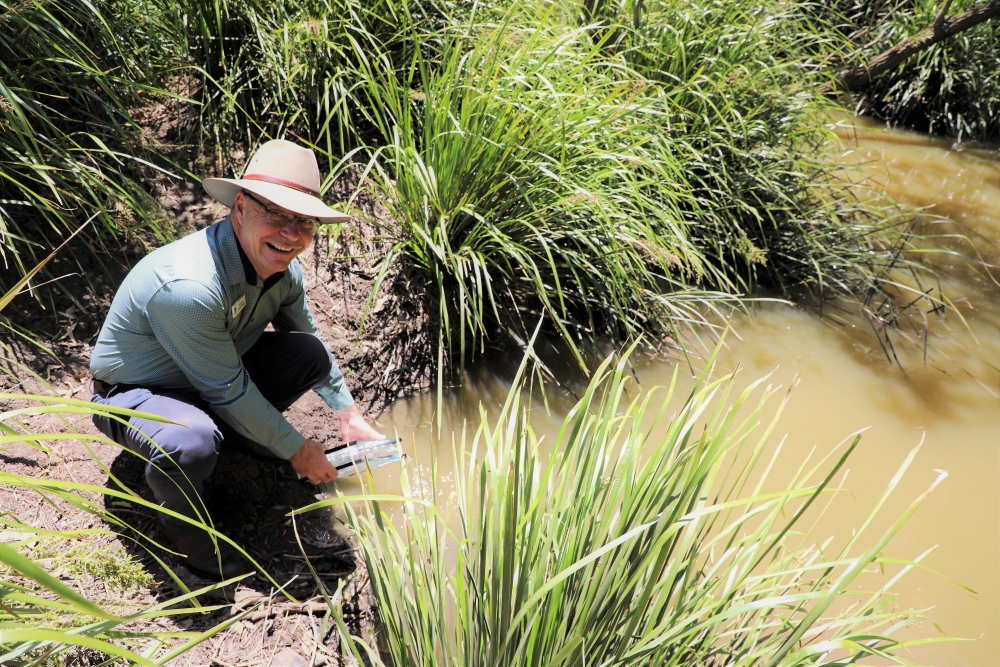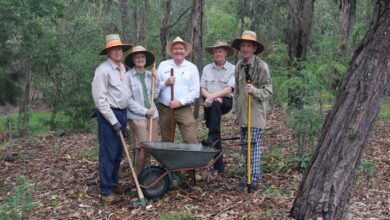About 18,000 Mary River cod have been released into the Bremer River catchment to increase native fish populations and improve the river’s diversity.
Environment and Sustainability Committee Chairperson Councillor Russell Milligan said this is the biggest release of Mary River cod into the catchment in history.
“This is another milestone for council’s Waterway Health Strategy,” Cr Milligan said.
“Not only are we contributing to the recovery of the Mary River cod, but we are also adding greater diversity to the fish communities of the Bremer River.
“This is a huge boost to the future prospects of cod becoming re-established in the catchment.”
The Mary River cod is a large endemic species growing over a metre in length and as one of Australia’s most endangered fish, they are only found in a few waterways in south east Queensland.
They are a protected species with stocking efforts over the last 10 years focussed on increasing their distribution to new waterways to establish new conservation populations.
Councillor Milligan said the Bremer was historically filled with Brisbane River cod, which were driven to extinction by the early settlers of the greater Brisbane region in the early 1900s.
“This formal stocking represents the first time that large numbers of freshwater cod will have occupied the Bremer since they were lost 100 years ago,” Cr Milligan said.
“Staff from Hinternoosa Hatchery, Somerset and Wivenhoe Fish Stocking Association, Department of Agriculture and Fisheries, Scenic Rim Regional Council, South East Queensland Council of Mayors and Ipswich City Council assisted in the release across strategic locations with good habitat in the form of log-jams and deep pools, good riparian condition and suitable food availability.
“Our hope in the years ahead is to have an established, self-sufficient population of cod in the Bremer catchment with annual stockings to continue.
“Being such a large-bodied fish, these adult cod will contribute to the management of pest fish in the system such as tilapia and carp.”
Other initiatives include removing weeds from riverbanks, restoring native vegetation and managing urban run-off, and restoring fishways.
Councillor Milligan said a 1.1 metre-high weir was identified in Woogaroo Creek in 2018, and ranked in the top 50 barriers impacting fish movement in South East Queensland.
“This year, council began restoring connectivity at the site by constructing a rock ramp fishway to allow native fish to access upstream habitats,” Cr Milligan said.
“Many native fish species require access to both freshwater and saltwater habitats throughout their life-cycle, and the fishway now provides this access, where formerly it was blocked by the weir.
“Improving connectivity in this system will also facilitate in controlling pest fish numbers, by increasing competition and predation by native species.”
For more information on council’s Waterway Health Strategy, visit Ipswich.qld.gov.au
Read also:
>>> Green street art competition to beautify Ipswich electricity boxes



The Bremer River is rated F and worsening environmentally.
Why would you introduce fish to a slow death? Why?